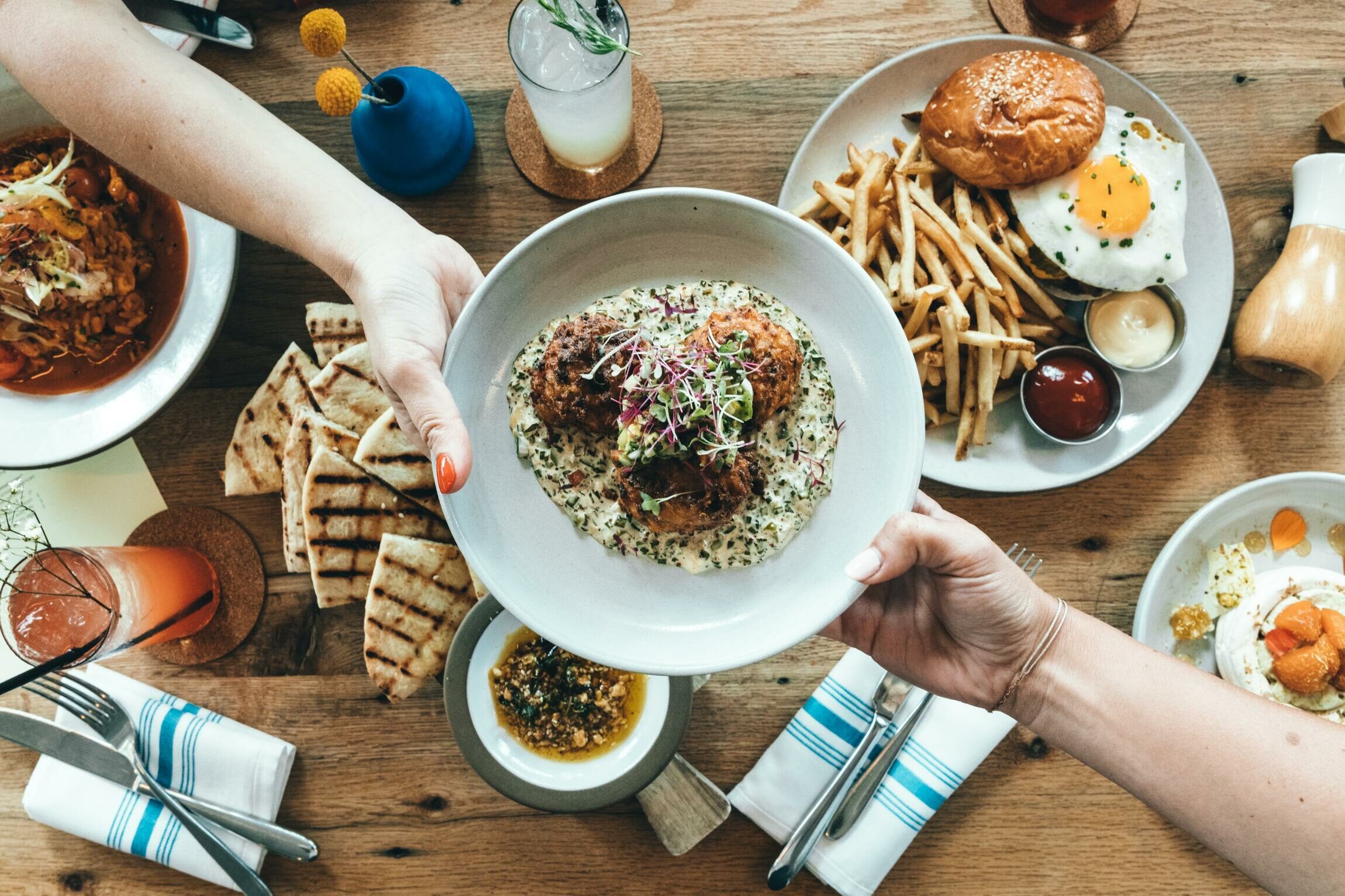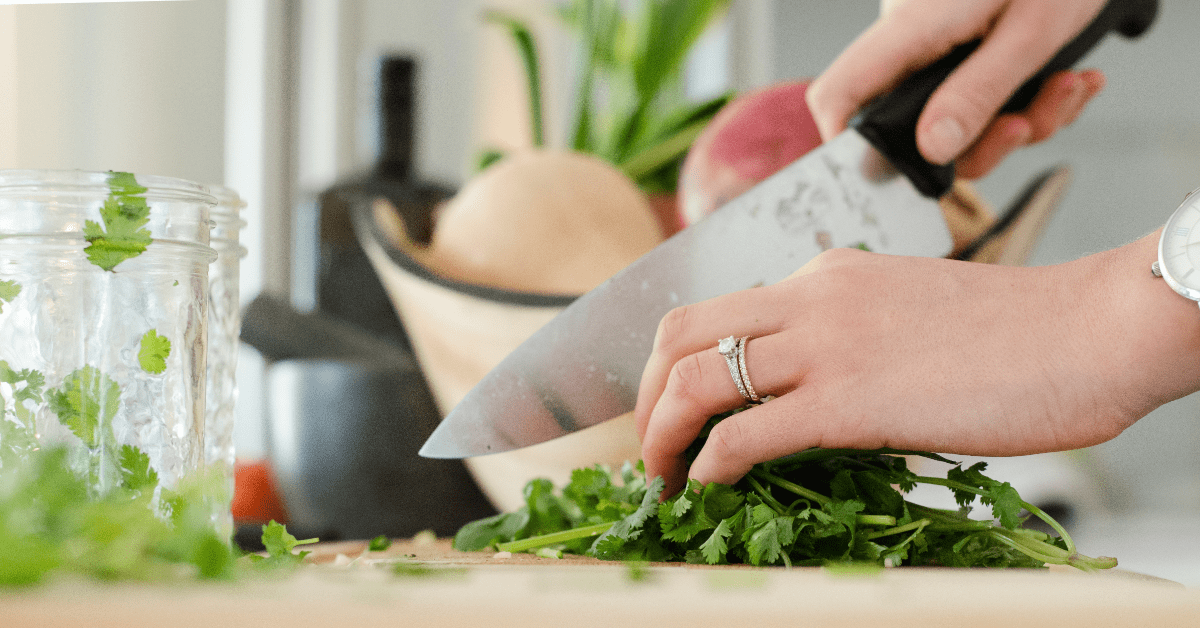4 Ways to Keep Your Food Safe
An early English saying is “Food prepared with passion and presented with adoration tastes divine.” Trust me, it is valid even today! All food enthusiasts are very much aware of how this works. The divine taste of any great recipe comes from the right mixture of spices and fresh organic ingredients. However, some people don’t even bother with the main factor while cooking food. That main factor sometimes alters the food taste and becomes unsafe to serve. Yes, I am talking about food safety and hygiene. One should be cautious about it while preparing a divine dish. You should always maintain a high level of food safety. Your kitchen hygiene should be at par. It should elevate the level of cleanliness and sanitation in our kitchen and home.
The basic awareness of food safety should be first done through your homes. Because you care for your family and you won’t want their life to be at risk. Sometimes food poisoning can cause various allergies that may be fatal. Also, you need to check the packed food expiry date before eating or serving them. Expired processed food packed in plastic packets is not good for health. Also, food kept open for many days becomes stale and grows unwanted bacterias and fungus on them. That’s why it’s necessary to always check whether you keep stale food in your fridge or not. Keep your children away from stale foods. Keep your fridge feeling fresh and new food items. As kids have a tendency to eat anything taken straight from the fridge.
Food contamination can happen at any stage. It may happen while you are collecting, processing, preparing, stockpiling, or transportation. Foodborne illnesses are very normal where low principles of cleanliness are maintained. The information was delivered and indicated by the World Health Organization that foodborne illness causes sickness in one of every ten individuals. These infections can be fatal, particularly in youngsters.
There are a couple of fundamental guidelines to be observed while taking care of food
Clean: Wash hands and surfaces frequently.
Isolate: Don’t cross-contaminate.
Cook: Cook to the right temperature.
Chill: Refrigerate quickly.
1. Clean: Wash hands and surfaces regularly
One should clean up completely with a cleanser prior to interacting with food. This removes dirt and dust as well as eliminates the transfer of germs from your hands to the food. One should wash all vegetables and fruits with cold before utilizing them. Kitchen counters and surfaces are the key spots where dirt accumulates. If dirt is stuck there it can pollute the food. These spots should be kept clean completely. You can sanitize all the utensils utilized for preparing food.
If you’re sick, have a cold, and cough then you should abstain from preparing and taking care of the food. Also, when someone has diarrhoea, vomiting or jaundice they should stay at home. It is advised particularly to such people to stay away from the work environment. Also, if someone has a sensitive throat and fever, they should be avoided from preparing and serving food. This is alarming of the fact that these individuals might have spread illness to other healthy individuals.
The healthy individuals who are consuming the foods their organization was serving. Martin Bucknavage, food safety expert says, “Foodborne microbes, for example, Norovirus, Hepatitis A and Shigella frequently are spread by sick workers to restaurant supporters through the food.” These recommendations are not only for foodservice or retail food foundations. It is also for individuals who cook for their families. And for the people who work in child care or senior-care offices. The utilization of hand sanitisers and tissue paper should be encouraged in all ages.
2. Isolate: Don’t cross-contaminate
Keep raw and cooked food sources separate while storing and getting it ready. So to stay away from cross-contaminating. Food should be stored in covered containers in the refrigerator. And put raw meats and poultry in the lower part of the fridge so the juices don’t contaminate food on lower racks. Try not to put cooked meat on the plate the raw meat was on.
3. Cook: Cook to the right temperature
Assuming you eat poultry, fish and meat you should be cautious while cooking them. They should be cooked completely at the right temperatures prior to eating. To affirm that, insert a stick in the centre of the meat. You can actually look and check that there is no pink meat. The juices should run clear. Those are the indications of well-cooked meat. In case someone consumes raw meat it can prompt food contamination or food poisoning.
In the past couple of years, microwaves have been utilized in our kitchens to prepare and warm food. You can cover your food with food wrapping paper of a decent quality. So to keep the food from drying out on reheating. Ensure the warmed food is quite hot and the steam is emerging from it. This implies you have eliminated the danger of microscopic organisms and different microbes.
4. Chill: Refrigerate immediately
If you need to store your raw food in a refrigerator, then you should wrap it with food wrapping paper. Such that it can ingest the dampness and prevents the dripping of juices. And keep it at a temperature lower than 5 degrees Celsius. You can assist with keeping your family protected from food contamination at home. Cold temperatures slow the growth rate of sickness causing microscopic organisms. So chill the food immediately and appropriately. Refrigerate perishable food varieties within two hours.
Healthy and hygienic food habits can turn away a lot of foodborne illnesses. These habits must be instilled in your daily way of life. Also, it should be instructed to kids too. It’s the little advances that go far and have a major impact on your holistic well-being.
These are the four ways you should follow to keep your family safe from contaminated food. Contaminated food is hazardous waste.


